Unlock your potential with Bloom’s Taxonomy. This framework divides learning into six levels of thinking. Mastering these levels can enhance your learning skills and drive success in all areas of life.
“Tell me and I forget, teach me and I may remember, involve me and I learn.” — Benjamin Franklin
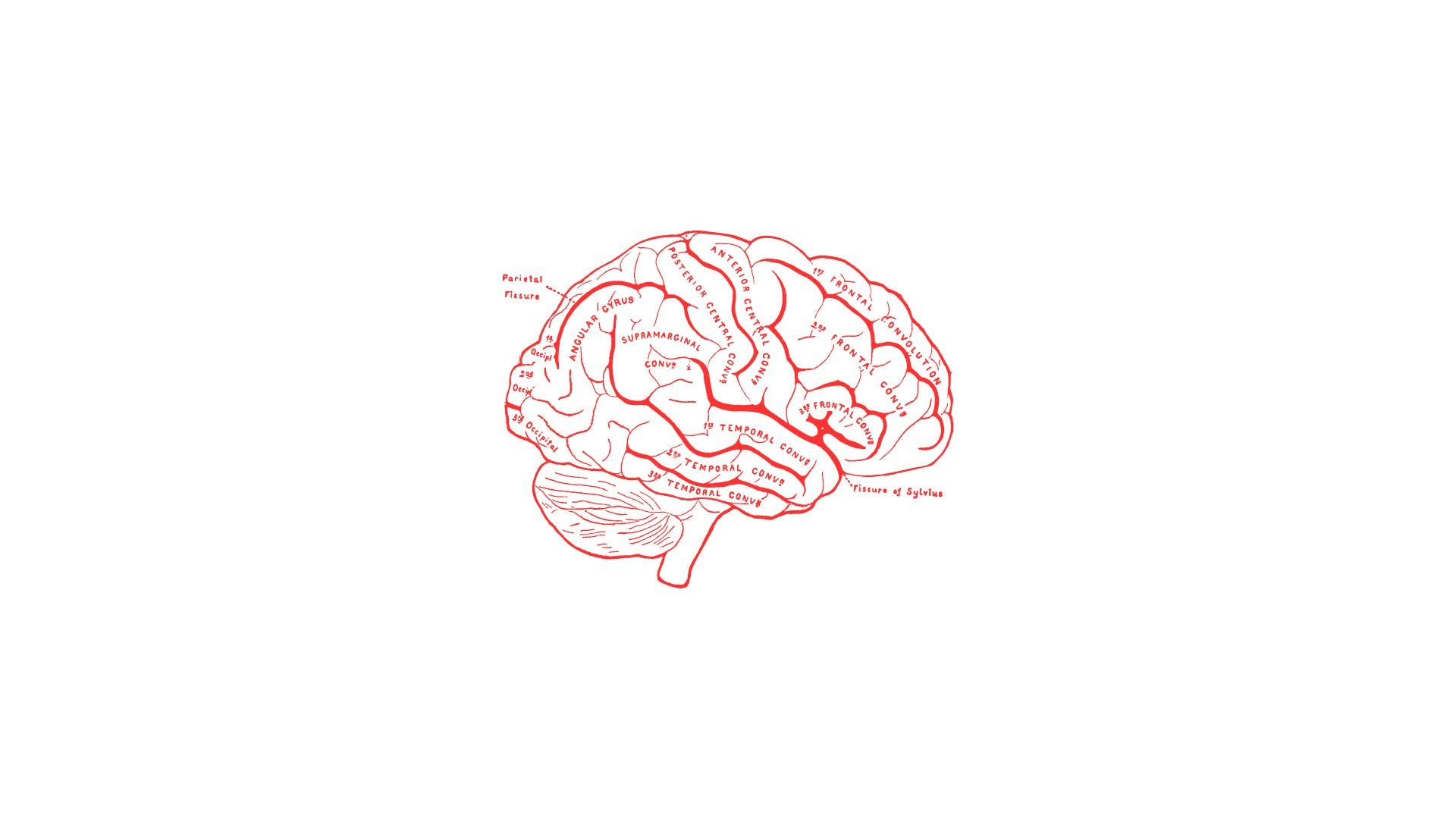
There are six levels of thinking that everyone should master, each leading to different types of results. Unfortunately, many people are stuck between levels 1 and 3. They struggle to achieve top results because they are thinking at the wrong level, which causes stress, wasted time, and frustration. This can eventually lead to giving up. Let’s find out what level you operate at and the level you want to reach.
What is Bloom’s Revised Taxonomy?
Bloom’s Taxonomy, devised by Benjamin Bloom and his colleagues in 1956, categorizes learning into stages of thinking, ranging from basic recall of facts to the creation of new ideas. This hierarchical framework, often depicted as a pyramid, starts with Knowledge as its foundation. Learners progress upwards through stages including Comprehension, Application, Analysis, Synthesis, and Evaluation, each building upon the skills developed in the previous level. Originally aimed at educators, the taxonomy has evolved to guide corporate training, emphasizing critical thinking and problem-solving skills crucial in today’s dynamic workplaces.
A significant update in 2001 by David Krathwohl and Lorin Anderson refined Bloom’s Taxonomy to better reflect contemporary educational needs. The revised taxonomy replaces static nouns with action verbs to describe the stages of learning: Remembering, Understanding, Applying, Analyzing, Evaluating, and Creating. Each stage corresponds to specific cognitive processes, offering clear objectives for learning and development initiatives in diverse settings, including formal education, professional training programs, and beyond. This structured approach supports learners in acquiring and applying knowledge effectively, fostering critical thinking and problem-solving skills essential for success in today’s complex world.
Bloom’s Revised Taxonomy levels
Instead of giving only examples, I’m using ChatGPT as a strategy that you can also employ to level up your thinking process at your own pace. This strategy involves asking questions to ChatGPT that you would be able to answer based on your level of thinking and your learning methods.
1. Remember
The “Remember” stage in Bloom’s Revised Taxonomy involves the fundamental task of memorizing essential information such as basic facts, dates, events, people, places, concepts, and patterns. At this stage, learning is primarily about retention and recall.
Remembering requires individuals to memorize key details through repetitive reading and rewriting. This process can be laborious and tiring because it often involves rote learning — learning through repetition without necessarily understanding the underlying concepts deeply. In this stage, the emphasis is on storing information in memory and being able to retrieve it when needed, rather than on developing a deeper understanding or critical thinking skills.
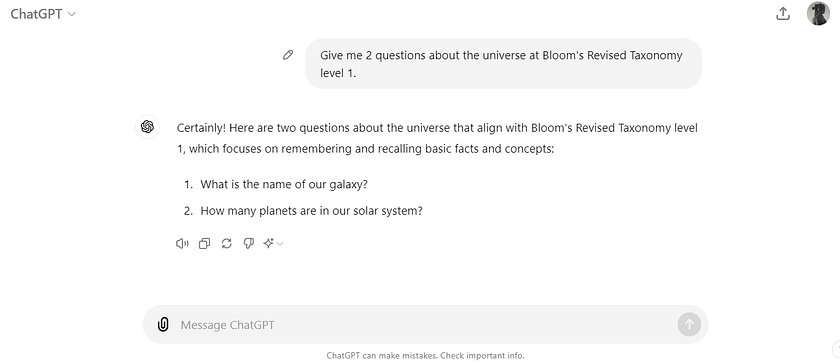
2. Understand
The “Understand” stage in Bloom’s Revised Taxonomy moves beyond simple memorization to a deeper level of comprehension. At this level, learners are expected to think about the meaning of information.
Understanding goes beyond rote memorization; it involves genuinely trying to comprehend what you are learning instead of repetitively forcing it into your brain. This stage enables learners to explain ideas, answer questions, and demonstrate their understanding of a concept or process.
In this level, learners are able to:
- Summarize information in their own words.
- Interpret data and draw conclusions.
- Explain the significance of facts and concepts.
- Answer questions that require a deep understanding of the material.
By achieving the “Understand” stage, individuals are better equipped to apply their knowledge in various contexts, making their learning more meaningful and effective.
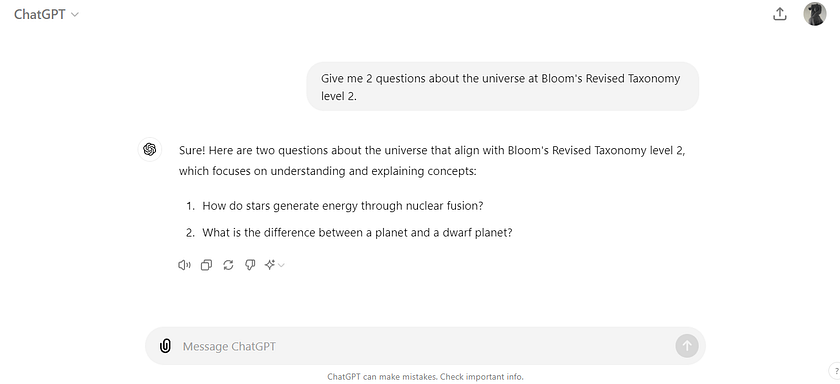
3. Apply
The “Apply” stage in Bloom’s Revised Taxonomy involves using learned information in new but related contexts, such as solving problems or executing tasks. This stage is about applying what you have learned to address and solve problems.
At this level, learners use their knowledge to solve problems, which can sometimes be confusing due to misunderstandings about Bloom’s Revised Taxonomy. Level three focuses on solving straightforward problems, rather than more advanced problems that require strategic thinking and the combination of various concepts applied in a specific sequence.
Key aspects of the “Apply” level include:
- Implementing learned concepts in practical situations.
- Using knowledge to solve problems and complete tasks.
- Applying techniques and procedures to new situations.
- Engaging in strategic thinking to determine the best approach to problem-solving.
By reaching the “Apply” level, individuals achieve problem-solving results, demonstrating their ability to use knowledge effectively in different contexts and situations.
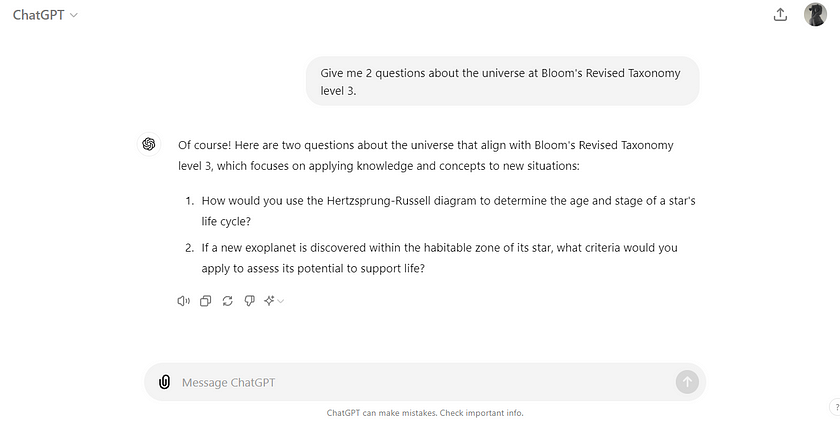
4. Analyze
The “Analyze” stage in Bloom’s Revised Taxonomy involves breaking down complex information or processes to understand their components and relationships. This level represents higher-order thinking, where individuals engage in comparing and contrasting, identifying similarities and differences between concepts or pieces of information.
At this stage, learners move beyond simple application of knowledge and begin to critically examine and evaluate information. They use various techniques such as Venn diagrams, tables, summaries, mind maps, problem-solving, and questioning to analyse information effectively. The key focus is on understanding how different parts relate to each other and how they contribute to the overall understanding of a topic.
Key aspects of the “Analyze” level include:
- Breaking down complex information into its components.
- Identifying relationships and patterns between different elements.
- Using various analytical techniques to compare and contrast information.
- Applying critical thinking skills to evaluate and interpret data.
By mastering the “Analyze” level, individuals can unlock deeper insights and achieve a more nuanced understanding of the subject matter by examining its components and their interrelationships.
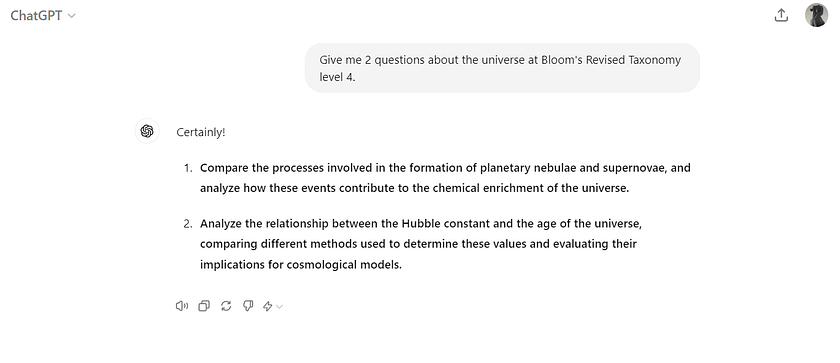
Note that at this level, questions often begin with keywords such as “Compare”, “Analyze” or “Discuss” instead of simple queries like “What”, “How” or “If”. This happens because this stage focuses on higher-order thinking skills.
5. Evaluate
The “Evaluate” stage in Bloom’s Revised Taxonomy involves making judgments and engaging in critical thinking to assess the value or effectiveness of something based on established criteria and standards. This level marks a significant step toward achieving top-tier results, as it requires learners to ask questions such as “So what?”, “What does it matter?”, “Who cares?”, and “Why is it important?”
At this stage, learners prioritize outcomes and results, investing effort in comprehensive research and analysis. Evaluation involves more than skill, it requires thinking in a structured and analytical manner. For instance, when creating a mind map, individuals analyze the connections between different elements, reflecting on how these relationships contribute to their overall understanding.
Key aspects of the “Evaluate” level include:
- Engaging in critical thinking to assess the quality, relevance, or effectiveness of information or ideas.
- Making informed judgments based on established criteria, considering multiple perspectives and implications.
- Applying specific criteria or standards to evaluate the strengths and weaknesses of arguments, solutions, or processes.
- Reflecting on the significance and implications of findings, and synthesizing information to form coherent judgments or recommendations.
Successful evaluation entails the ability to critically examine information, justify conclusions, and make informed judgments. It involves considering the broader implications and significance of the subject matter, demonstrating a deep understanding and proficiency in applying knowledge effectively.
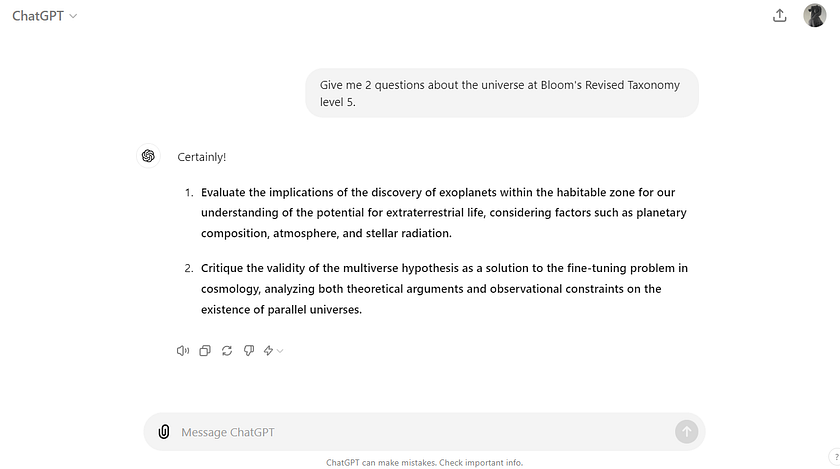
6. Create
The “Create” stage in Bloom’s Revised Taxonomy represents the pinnacle of cognitive skills, involving the production of something new or original. This stage is crucial for fostering innovation and creativity.
At level 6, creation involves hypothesizing or generating new ideas by synthesizing existing knowledge with new information. It goes beyond simply applying or evaluating information — it requires individuals to identify gaps in knowledge and develop potential solutions or hypotheses that make sense within their existing understanding.
Creation is not just about producing tangible artifacts; it encompasses any situation where individuals generate meaningful outputs based on their knowledge. This could involve proposing novel theories, designing innovative solutions, or developing hypotheses that address unanswered questions.
Key aspects of the “Create” level include:
- Generating new ideas, solutions, or perspectives that add value or address a need.
- Formulating hypotheses based on a synthesis of existing knowledge and new insights.
- Identifying gaps in knowledge or understanding and proposing potential solutions or answers.
- Producing original work or ideas that contribute to knowledge advancement or practical applications.
By achieving the “Create” level, individuals demonstrate their ability to apply higher-order thinking skills creatively, contributing to innovation and advancing knowledge within their field of study or practice.
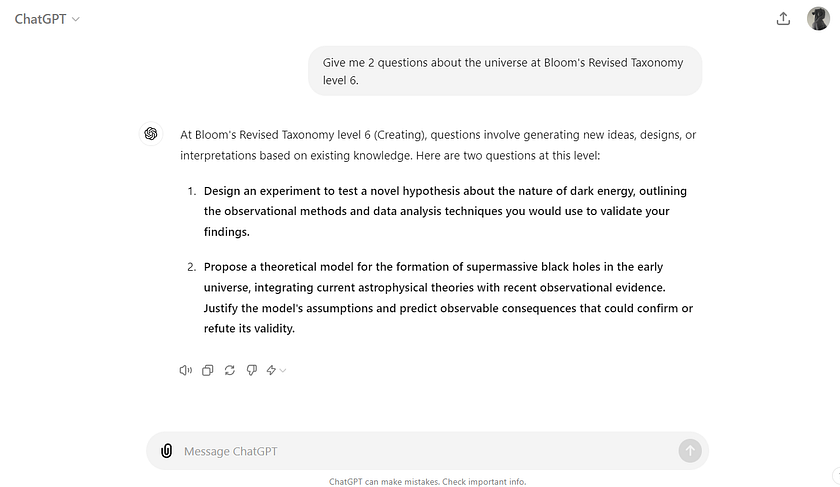
Advise
If you find learning challenging or wish to enhance your thinking abilities, there are two distinct approaches you can take. The first method involves sequentially studying and progressing through each level of learning. While this method is thorough, it can be time-consuming. The second method entails engaging in a bit of each level, but it poses challenges due to the tendency to forget information over time — a phenomenon referred to as “knowledge decay” in scientific terms.
What I propose is a different approach: starting at level 5 and systematically moving downward through each level. This method leverages how our brains process information and form memories. At level 5, which involves evaluation and critical thinking, the brain engages deeply with the material, strengthening memory retention compared to lower levels like basic remembering (level 1) and creative synthesis (level 6).
By starting at level 5, you stimulate higher-order thinking skills from the outset, fostering a robust foundation for learning. As you progress downward through each level, you reinforce understanding and retention while preparing yourself to apply knowledge effectively in various contexts. This approach not only optimizes learning efficiency but also enhances your overall cognitive abilities over time.

Leave a Reply